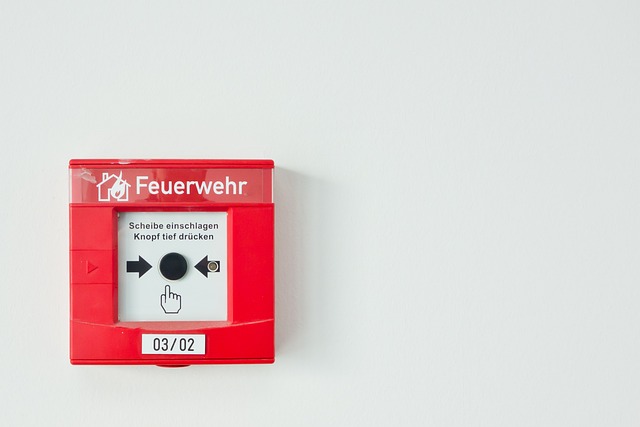In the ever-evolving landscape of technology, the choices for fire alarm systems have expanded significantly. Selecting the right system is not only about compliance but also about leveraging cutting-edge features to enhance safety. In this tech-focused guide, we dissect the considerations that should be at the forefront when choosing a fire alarm system, offering a glimpse into the advanced technologies shaping the future of fire safety.
Smart Detection Technologies
Fire alarm systems have evolved beyond traditional methods thanks to smart detection technologies. Intelligent smoke and heat detectors now employ advanced algorithms to differentiate between false alarms and real threats. Consider systems that utilize machine learning and artificial intelligence for more accurate and timely detection. These technologies can analyze patterns and provide early warnings, reducing the risk of false positives and ensuring a swift response to actual fire events. With the right detection technology, you will not have to search for a Fire Watch Near Me, as your system will provide the best protection.
Wireless Connectivity and IoT Integration
The advent of wireless connectivity has transformed the way fire alarm systems operate. Wireless systems offer flexibility in installation, reducing the need for extensive wiring. Moreover, the integration of Internet of Things (IoT) capabilities enables seamless communication between devices. Consider a system that allows for IoT integration, providing real-time data insights and remote monitoring. This connectivity enhances situational awareness and facilitates quick decision-making, particularly in large or complex properties.

Addressable vs. Conventional Systems
The choice between addressable and conventional fire alarm systems is a fundamental consideration. Addressable systems provide specific information about the location of the alarm, making it easier to pinpoint the source of the issue. In contrast, conventional systems divide the property into zones, providing a more general indication of the alarm location. Consider the size and complexity of your property to determine which system best suits your needs. Addressable systems are often favoured for larger or multi-story buildings.
Integration With Building Management Systems (BMS)
Integration with Building Management Systems (BMS) is a key consideration to optimize overall building safety. A seamlessly integrated system can coordinate fire safety measures with other building functions, such as HVAC, access control, and security. This integration ensures a cohesive response to emergencies and enhances the efficiency of safety protocols. Evaluate fire alarm systems that offer compatibility with BMS to create a comprehensive and interconnected safety infrastructure.
Voice Evacuation Systems and Mass Notification
Traditional alarm systems are evolving into comprehensive notification solutions. Voice evacuation systems provide clear and intelligible instructions during emergencies, minimizing panic and confusion. Mass notification capabilities are also becoming integral, allowing for broadcasted alerts across multiple channels, including smartphones and public announcement systems. Consider systems that incorporate these features for enhanced communication and evacuation strategies in emergency scenarios.
Remote Monitoring and Mobile Access
In an era of constant connectivity, the ability to monitor fire alarm systems remotely is a game-changer. Choose a system that offers remote monitoring capabilities, allowing authorized personnel to access real-time data and receive alerts on their mobile devices. This feature is particularly valuable for properties that may be unoccupied or require off-site management. Remote monitoring enhances responsiveness and facilitates proactive maintenance, contributing to the overall reliability of the system.
Scalability and Future-Proofing
As properties evolve, so should their fire alarm systems. Scalability is a crucial consideration, especially for businesses or facilities anticipating growth or structural changes. Opt for systems that are easily scalable, accommodating additional devices or functionalities as needed. Future-proofing your fire alarm system ensures that it remains effective and aligned with technological advancements, protecting your investment in the long term. In conclusion, the considerations for choosing a fire alarm system are now intricately tied to the advancements in technology. From smart detection technologies and wireless connectivity to IoT integration and voice evacuation systems, the landscape of fire safety tech is evolving rapidly. The right fire alarm system goes beyond regulatory compliance; it is a strategic investment in leveraging cutting-edge features to enhance safety and responsiveness.
